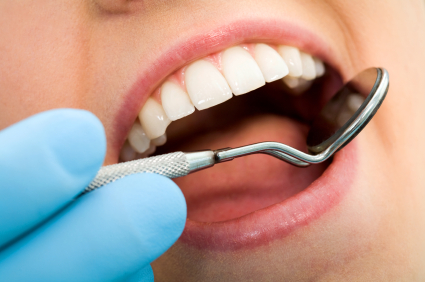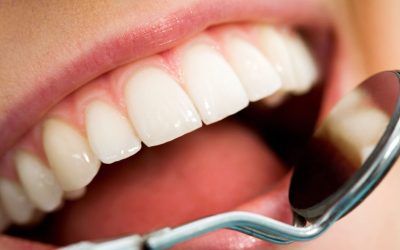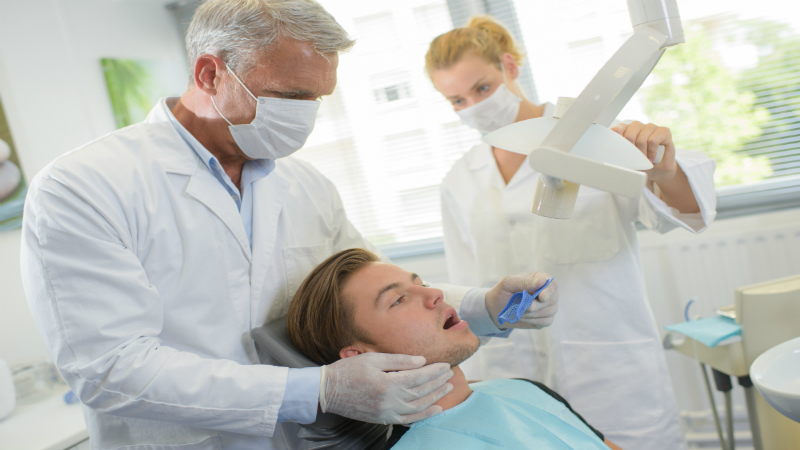Sedation dentistry in Marietta is used when it is necessary that a relaxing and anxiety free environment is needed for certain dental patients. There are many people who for one reason or another are fearful of a dental appointment and these people can undergo dental care in a sedated state, allowing the patient to remain conscious but still capable of responding to the commands made by the dentist during the course of the treatment.
There are four different types of dental sedation; oral, IV, nitrous oxide and general anesthesia. The type of sedation to employ is chosen by the dentist all based on the unique situation of each patient. Sedation dentistry in Marietta area is often used to simply calm a patient who is anxious about dental procedures or needles. The dentist, by employing one of the sedation methods can relax the patient so that there is no concern about receiving a local anesthetic. In the majority of cases the patient does not have to be put to sleep, he or she remains conscious but relaxed during the procedure.
A common sedative is nitrous oxide, often called “laughing gas.” The patient breathes this gas, mixed with oxygen into the lungs through a face mask. Within minutes the gas takes effect, putting the patient into a state of euphoria, but the patient remains conscious. Nitrous oxide is not used to reduce pain; a local anesthetic is used alongside it; the nitrous oxide simply relaxes the patient.
Another common sedative is administered via IV. The sedative is introduced to the patient directly through a vein; once again, the patient remains conscious but the patient is closer to a state of unconsciousness than he or she will be using nitrous oxide.
Oral sedatives are usually prescribed by the dentist and the patient is expected to take them prior to the dental appointment. This type of sedative relaxes the patient so that there is less anxiety, so much so that in many cases the patient has no memory of the procedure. Although the patient may not remember doing anything while in the chair, he or she will respond to the commands of the dentist.
Complex dental procedures may demand that the patient be put to sleep, in these cases a general anesthesia is administered. There are certain risks associated with this form of sedation and in many cases the dentist will introduce a breathing tube while doing the procedure. When a patient awakens after general anesthesia driving will be impaired for a couple of hours so it is advisable to have someone drive you to the appointment and pick you up later.


